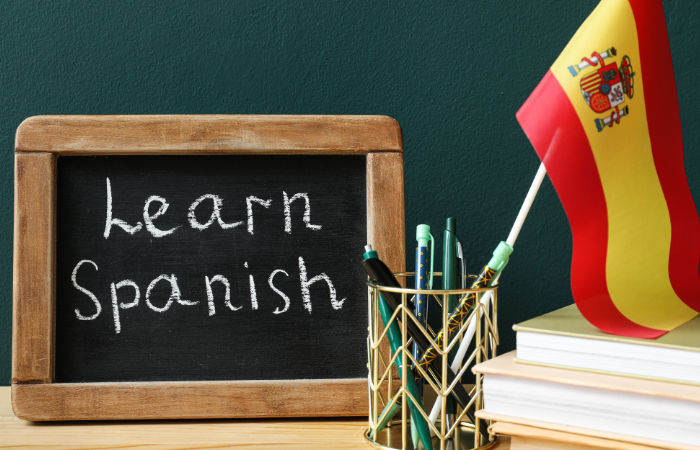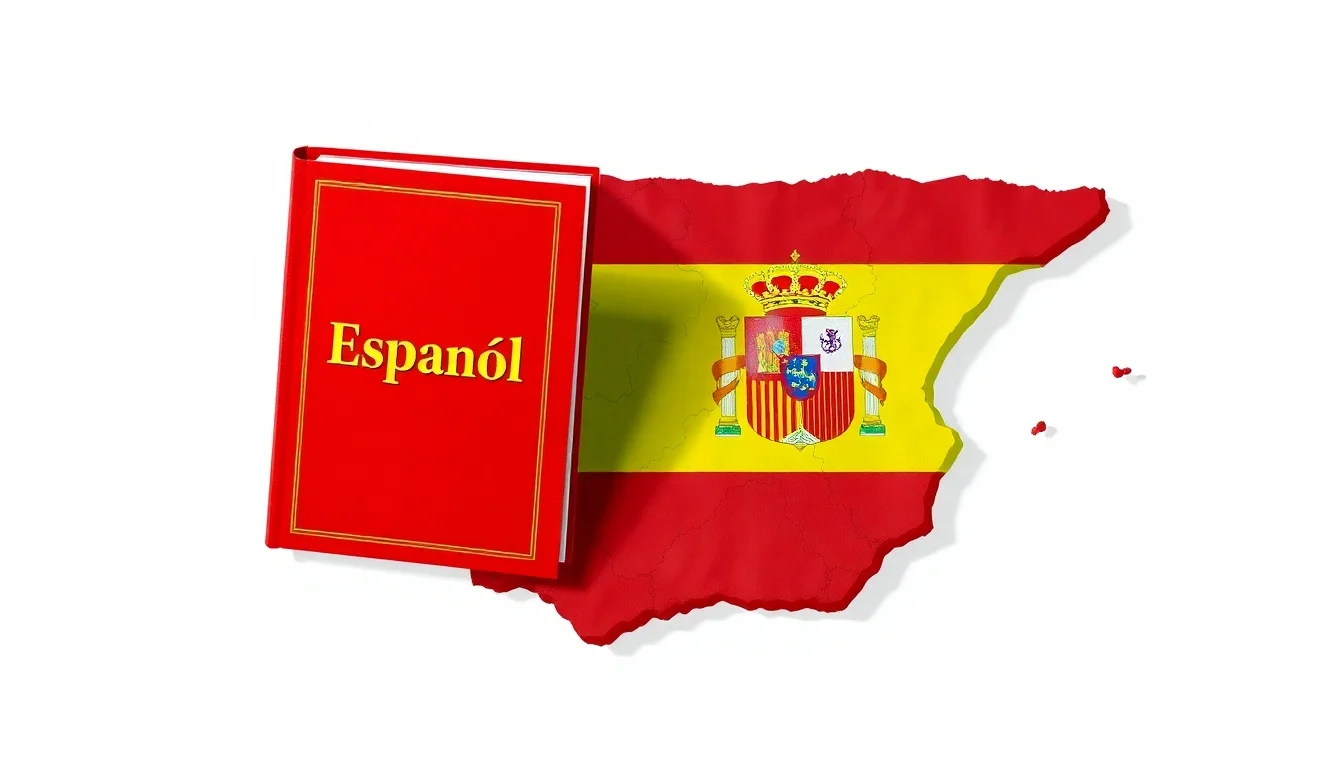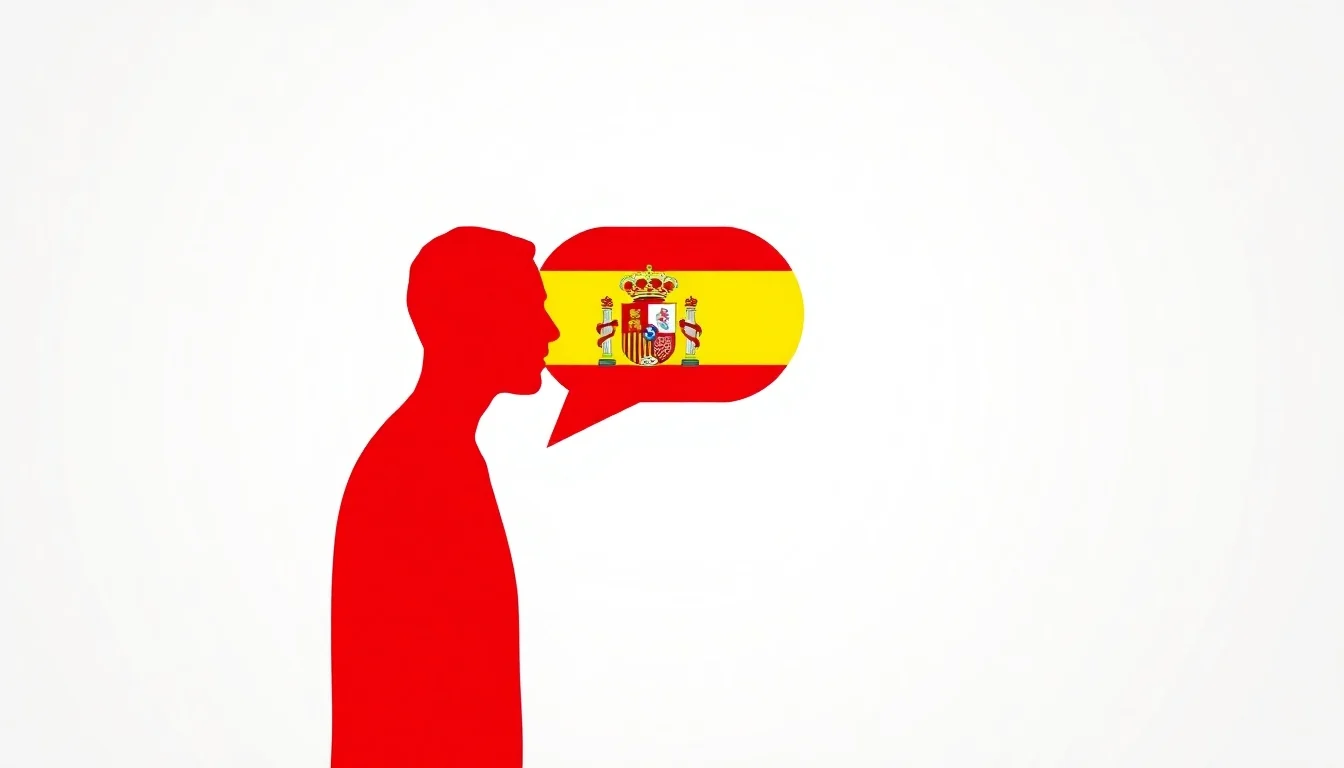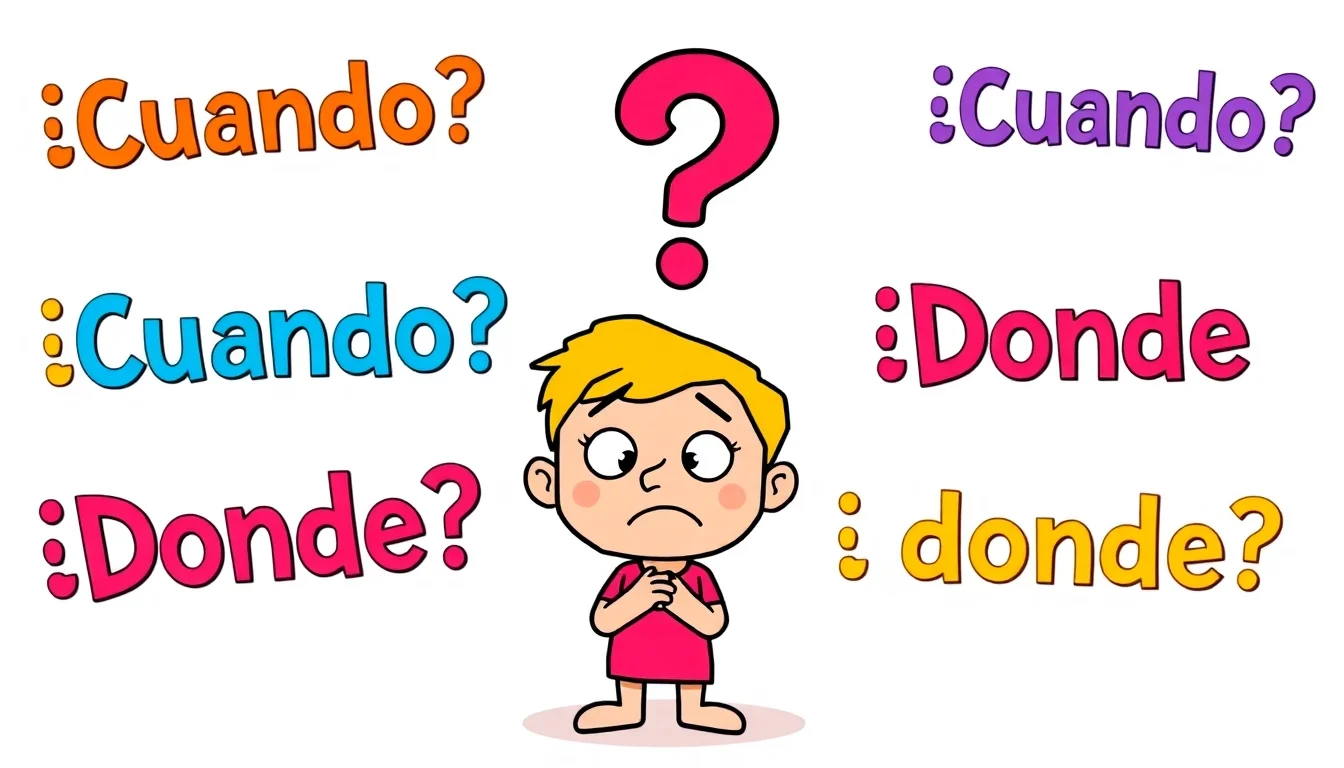Turnkey relocation to Spain from 6 weeks
We will help you to obtain a Spanish residence permit for the whole family with a minimum tax burden!
Read more
Get a free consultation
From 0 €
Tax burden per month
From 6 weeks
Term for obtaining a residence permit
5 years
Until permanent residence permit


Languages of Spain: Characteristics and Distribution

Spain is not only a country with a rich cultural heritage, historical landmarks, and picturesque landscapes, but also a multilingual state. The linguistic system of Spain is a unique phenomenon, where alongside Spanish—the officially recognized national language—several regional languages play an important role in daily life, culture, and education. Some of these languages have co-official status (such as Catalan and Galician), while others are considered regional languages only (like Aragonese and Occitan). In this context, it's essential to understand which languages are spoken in different parts of the country, how they influence social and cultural processes, and how knowledge of these languages can benefit foreigners relocating and integrating into Spanish society.
 Spanish, or Castilian, is the officially recognized language of communication throughout Spain and one of the most widely spoken languages in the world. It originates from Latin and, through a long historical development, has absorbed elements from Arabic, Germanic, and other languages—making it one of the richest and most diverse languages in Europe. Spanish holds official status in all administrative, legal, and cultural spheres. This means that all official documents and legislation are published in Spanish. It is the native language of the majority of the population and serves as the primary means of communication between regions with different local languages.
Spanish, or Castilian, is the officially recognized language of communication throughout Spain and one of the most widely spoken languages in the world. It originates from Latin and, through a long historical development, has absorbed elements from Arabic, Germanic, and other languages—making it one of the richest and most diverse languages in Europe. Spanish holds official status in all administrative, legal, and cultural spheres. This means that all official documents and legislation are published in Spanish. It is the native language of the majority of the population and serves as the primary means of communication between regions with different local languages.
 Spain recognizes four co-official languages in addition to Spanish, each within specific autonomous communities. These languages play a significant role in local culture and traditions, as well as in the educational and governmental systems.
Spain recognizes four co-official languages in addition to Spanish, each within specific autonomous communities. These languages play a significant role in local culture and traditions, as well as in the educational and governmental systems.
 In addition to the co-official languages, Spain is home to several other languages and dialects with limited distribution. These include Aragonese, Asturian, and Occitan (Aranese), which are spoken in specific regions. While these languages do not have official status, they play a significant cultural role in their respective areas.
In addition to the co-official languages, Spain is home to several other languages and dialects with limited distribution. These include Aragonese, Asturian, and Occitan (Aranese), which are spoken in specific regions. While these languages do not have official status, they play a significant cultural role in their respective areas.
Go back to the blog
Spanish: The Main Language of the State?
 Spanish, or Castilian, is the officially recognized language of communication throughout Spain and one of the most widely spoken languages in the world. It originates from Latin and, through a long historical development, has absorbed elements from Arabic, Germanic, and other languages—making it one of the richest and most diverse languages in Europe. Spanish holds official status in all administrative, legal, and cultural spheres. This means that all official documents and legislation are published in Spanish. It is the native language of the majority of the population and serves as the primary means of communication between regions with different local languages.
Spanish, or Castilian, is the officially recognized language of communication throughout Spain and one of the most widely spoken languages in the world. It originates from Latin and, through a long historical development, has absorbed elements from Arabic, Germanic, and other languages—making it one of the richest and most diverse languages in Europe. Spanish holds official status in all administrative, legal, and cultural spheres. This means that all official documents and legislation are published in Spanish. It is the native language of the majority of the population and serves as the primary means of communication between regions with different local languages.
The Role of Spanish in Daily Life, Education, and Media
Spanish is the main language used in education, business, and mass media. Almost all schools, universities, and educational institutions teach in Spanish, although in some autonomous communities—such as Catalonia, the Valencian Community, and the Basque Country—education is also conducted in regional languages. In the media, Spanish remains dominant: television, radio stations, and print publications are mostly in Spanish. However, in regions with strong traditions of using regional languages, local channels, newspapers, and programs in those languages can also be found. For example, one of the leading media outlets in the Catalan-speaking region is CCMA, headquartered in Barcelona.Regional Languages of Spain
 Spain recognizes four co-official languages in addition to Spanish, each within specific autonomous communities. These languages play a significant role in local culture and traditions, as well as in the educational and governmental systems.
Spain recognizes four co-official languages in addition to Spanish, each within specific autonomous communities. These languages play a significant role in local culture and traditions, as well as in the educational and governmental systems.
Catalan
Where it is used: Catalonia, Valencia, Balearic Islands.
Catalan is not a dialect of Spanish, but a distinct language with a long history and a rich literary tradition. It is actively used in the daily lives of people in Catalonia and other regions where it has official status. In these areas, education is often bilingual, with both Spanish and Catalan used as languages of instruction. Furthermore, some universities, such as those in Barcelona, offer lectures primarily in Catalan. Catalan plays a key role in culture—it is used in theater, literature, cinema, and music, and is widely present in local media including newspapers, radio stations, and television channels.Galician
Where it is used: Galicia.
Galician shares common roots with Portuguese and is an official language in Galicia, in the northwest of Spain. It has its own grammar and vocabulary, though it shares many features with Portuguese. In Galicia, the language is taught in schools and used in government institutions. However, due to historical and political factors, Galician’s use in daily life and media is somewhat limited. Nevertheless, in recent decades, interest in Galician has been revived, especially among young people and cultural activists.Basque
Unique features: Isolated language with no ties to Romance languages.Where it is used: Basque Country and Navarre.
The Basque language (or Euskara) is one of the most unique languages in Europe, as it has no known relation to any other Indo-European language. It holds a special place in Basque culture and identity. In recent years, there has been a strong push to promote the language in schools, on television, and in public institutions. In some areas of the Basque Country, nearly half the population speaks Basque. A distinctive feature of the language is its deep connection to regional traditions and identity, making it not only a means of communication but also a powerful cultural symbol.Lesser-Spoken Regional Languages
 In addition to the co-official languages, Spain is home to several other languages and dialects with limited distribution. These include Aragonese, Asturian, and Occitan (Aranese), which are spoken in specific regions. While these languages do not have official status, they play a significant cultural role in their respective areas.
In addition to the co-official languages, Spain is home to several other languages and dialects with limited distribution. These include Aragonese, Asturian, and Occitan (Aranese), which are spoken in specific regions. While these languages do not have official status, they play a significant cultural role in their respective areas.
- Aragonese: Spoken in the region of Aragon, and experiencing a revival in recent decades.
- Asturian: Found in Asturias, in northern Spain, although its use is limited.
- Aranese (Occitan): A variety of Occitan spoken in villages in the Aran Valley in Catalonia.


 06/05/2025
06/05/2025  Reading time: 4 min
Reading time: 4 min 





